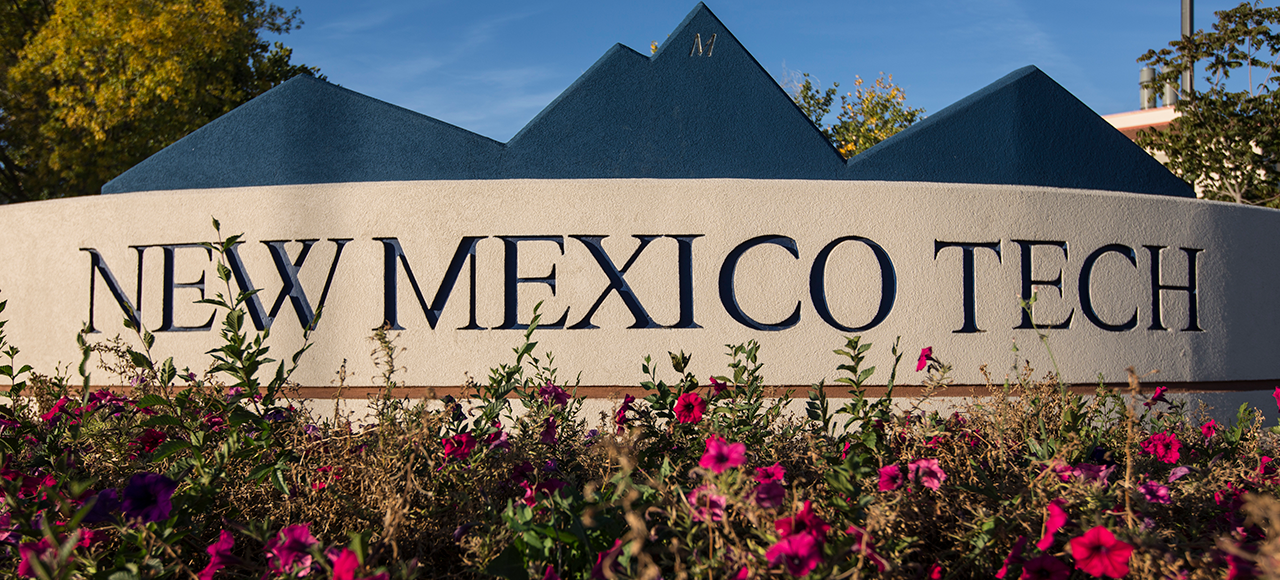
Atmospheric Physics
Ken Eack
Dr. Ken Eack is a professor of physics and the chair of the Langmuir Laboratory for Atmospheric Physics. Dr. Eack specializes in the study of lightning using balloon-borne instruments.
Eack earned his bachelor’s at New Mexico Tech in 1991, followed by his master’s and Ph.D. from the University of Oklahoma, both in physics. He did a post-doc at Los Alamos National Laboratory, where he maintains an association as a guest scientist. He develops, builds, and deploys lightweight, specialized instruments to detect and analyze X-rays in thunderstorms.
Ken Minschwaner
Dr. Ken Minschwaner is a professor of physics, specializing in climate, upper atmosphere physics and the ozone layer. Using balloon-borne instruments, he examines how solar radiation is scattered by Earth’s atmosphere and how weather affects the ozone layer. He has also published studies about the importance of water vapor to the upper atmosphere.
Minschwaner earned his bachelor’s and master’s at Florida Atlantic University, followed by a Ph.D. in Earth and Planetary Physics from Harvard University. He has also led a faculty team that taught a Sustainability course, teaching freshmen to deploy solar energy collectors and wind turbines.
- Atmospheric Physics
- Atmospheric Chemistry
- Climate Change
- Ozone Layer
- Ozone Hole
- Ultraviolet Exposure at the Earth’s surface
- General weather phenomena
Richard Sonnenfeld
Dr. Richard Sonnenfeld is a professor and researcher who studies lightning and its potential deadly effects. He is one of several professors at Tech who work together at the internationally-known Langmuir Laboratory for Atmospheric Physics. He uses balloon-borne and ground-based instruments to better understand how lightning moves through storm clouds and to create 3-D images of lightning inside thunderclouds. He has consulted and done research on lightning effects on structures (most recently, wind-turbines). On a lighter note, Sonnenfeld has presented open talks about the science of “Spiderman 2” and also the “Physics of Free Will.”
Dr. Sonnenfeld earned his bachelor’s in physics and mechanical engineering at Princeton University in 1981. He earned his Ph.D. in experimental physics at the University of California-Santa Barbara in 1987. Before joining New Mexico Tech in 2002, he spent 15 years in industry, including eight years at IBM.
I am fundamentally an experimental physicist, and, with student help, I build most of my own rather specialized research equipment. Building equipment, in modern times, also means crafting custom software, often in Python, which I also teach to my students (either in class or informally).
Over 15 years, I have tried to understand how a lightning flash can last as long as a second, how it moves through virgin air, why it often retraces its path, and how in rearranges charge in the sky.
I am also interested in practical problems caused by lightning, what I call "lightning effects". A couple of my recent students have worked on "long continuing currents" which are the mechanism in a lightning flash most likely to cause a house or wildfire. I came to lightning research from solid-state physics and the computer industry. The physics of gasses and semiconductors are not that different, and I have found my computer knowledge useful in developing new instruments. While I do not work directly on climate change, I consider that there is no greater challenge facing our species, and so I remain "an enthusiast" and help when I can.
Dave Raymond
Dr. Dave Raymond is a professor emeritus of physics who has active research projects related to atmospheric convection and the creation of thunderstorms in the tropics. He is also the author of “A Radically Modern Approach To Introductory Physics,” which is in its second printing.
Raymond earned his bachelor’s at Rensselaer Polytechnic Institute and his Ph.D. from Stanford. He was then an assistant meteorologist and assistant professor at the University of Hawaii for four years. He has been a stalwart among the Tech faculty since 1973.
Sharon Sessions
Dr. Sharon Sessions is a physics professor who conducts research into how tropical weather affects the global climate changes. She and her graduate students apply theory and field experimentation to better understand trends in Earth’s climate.